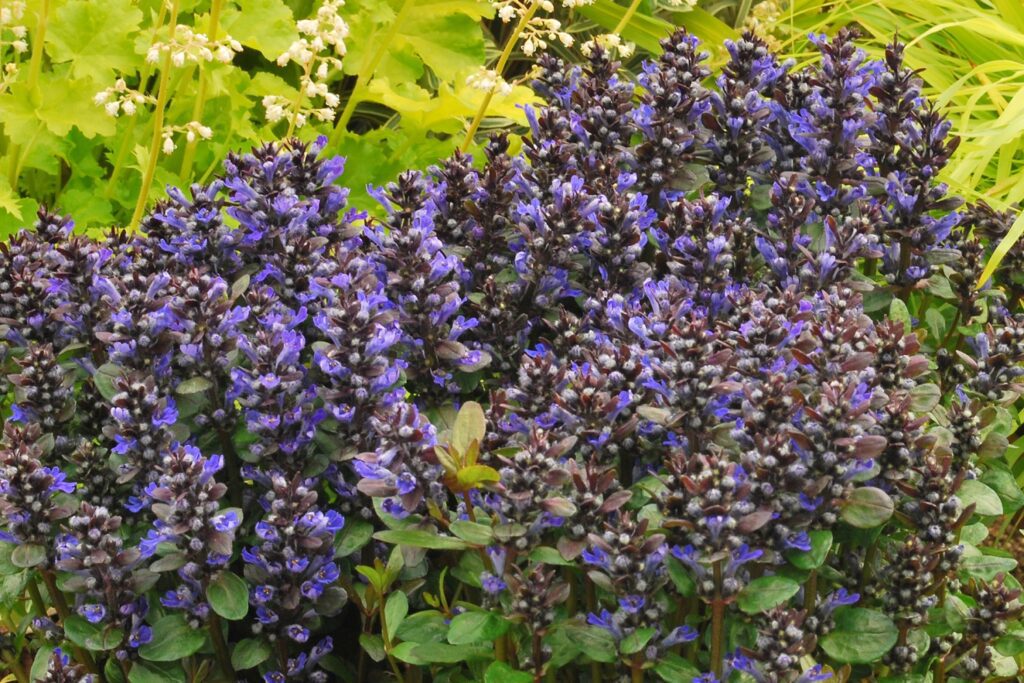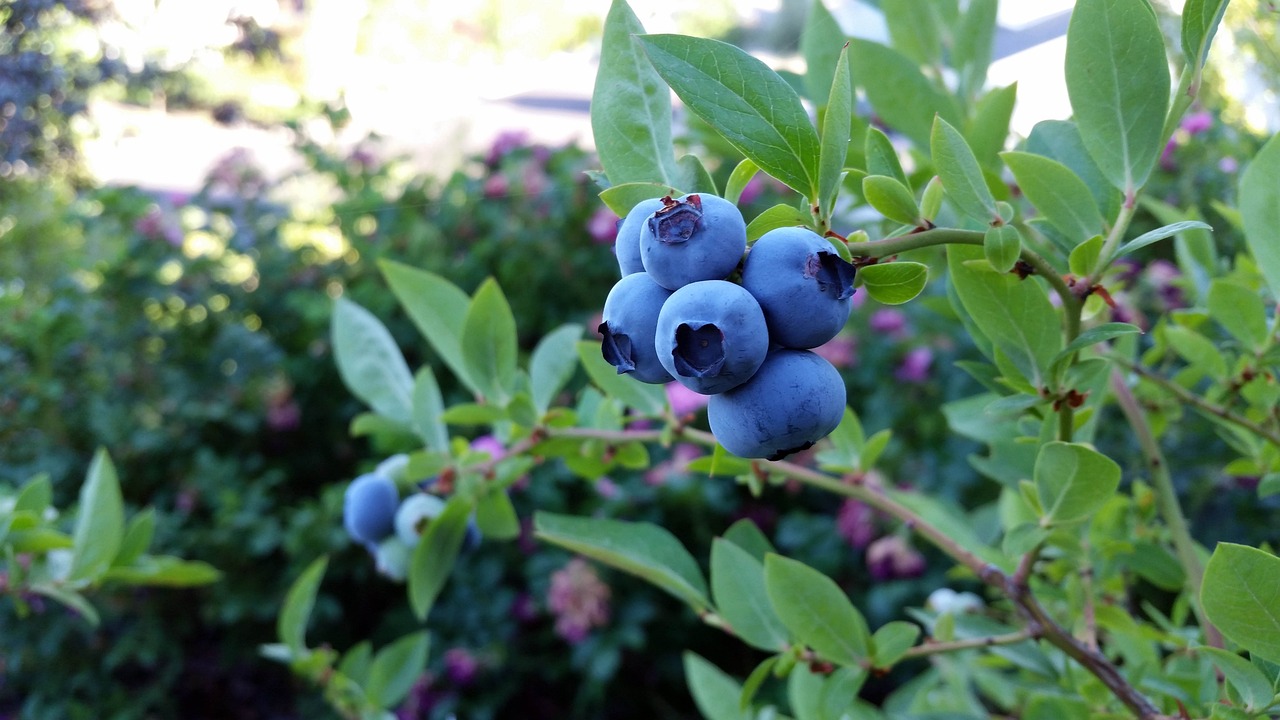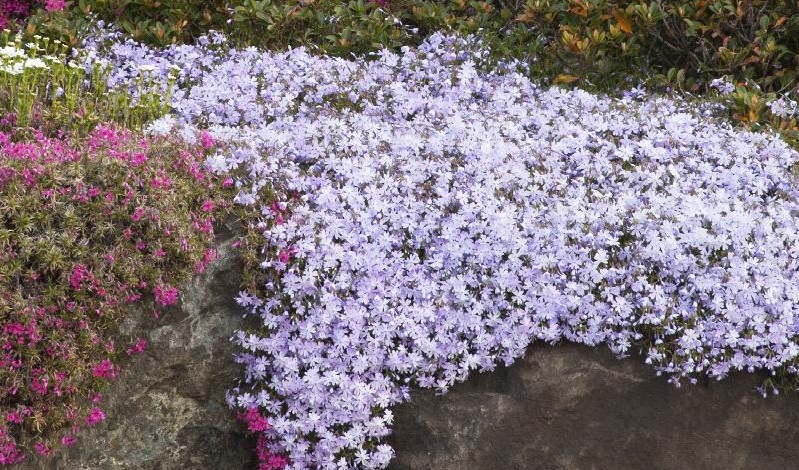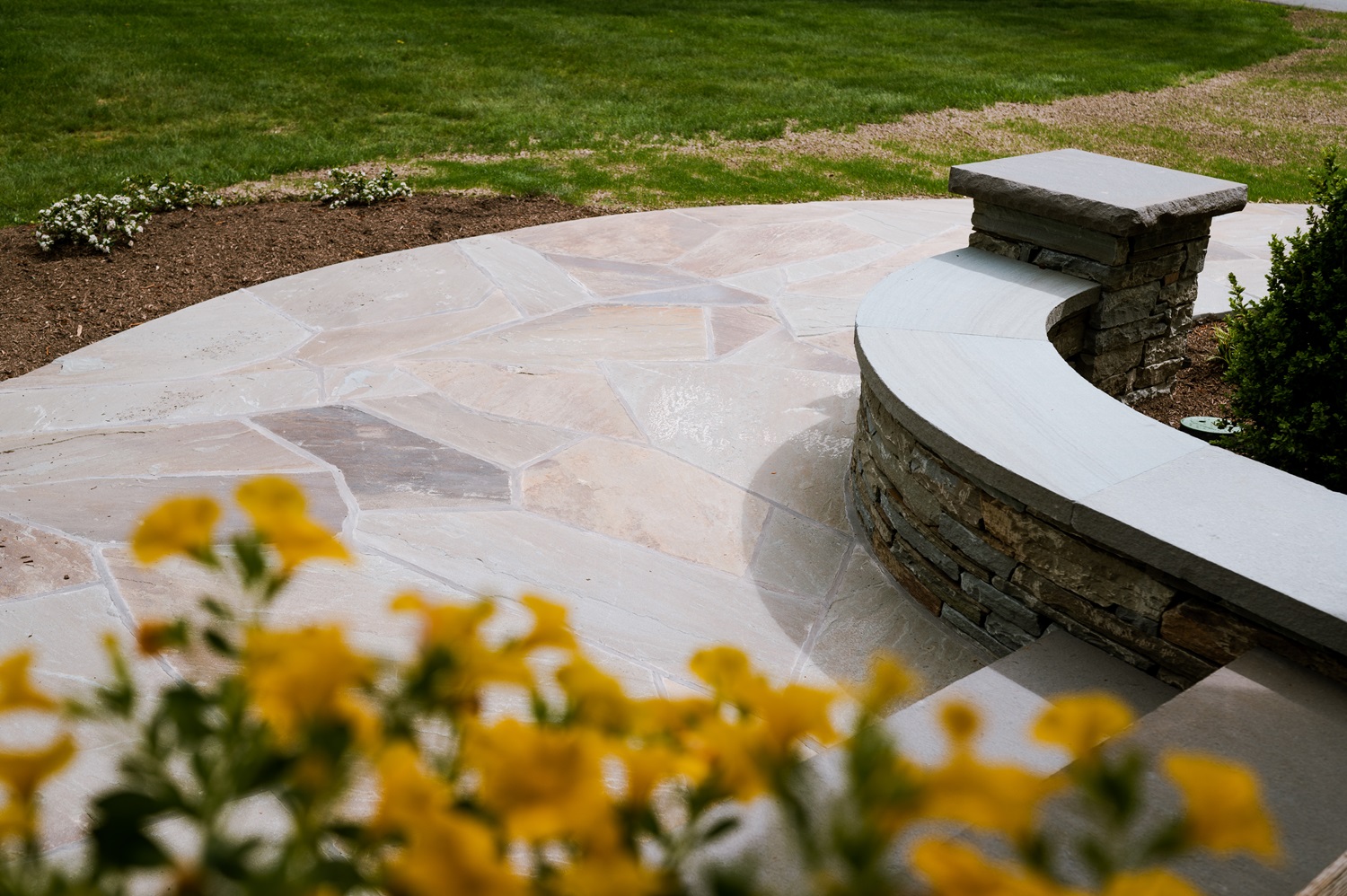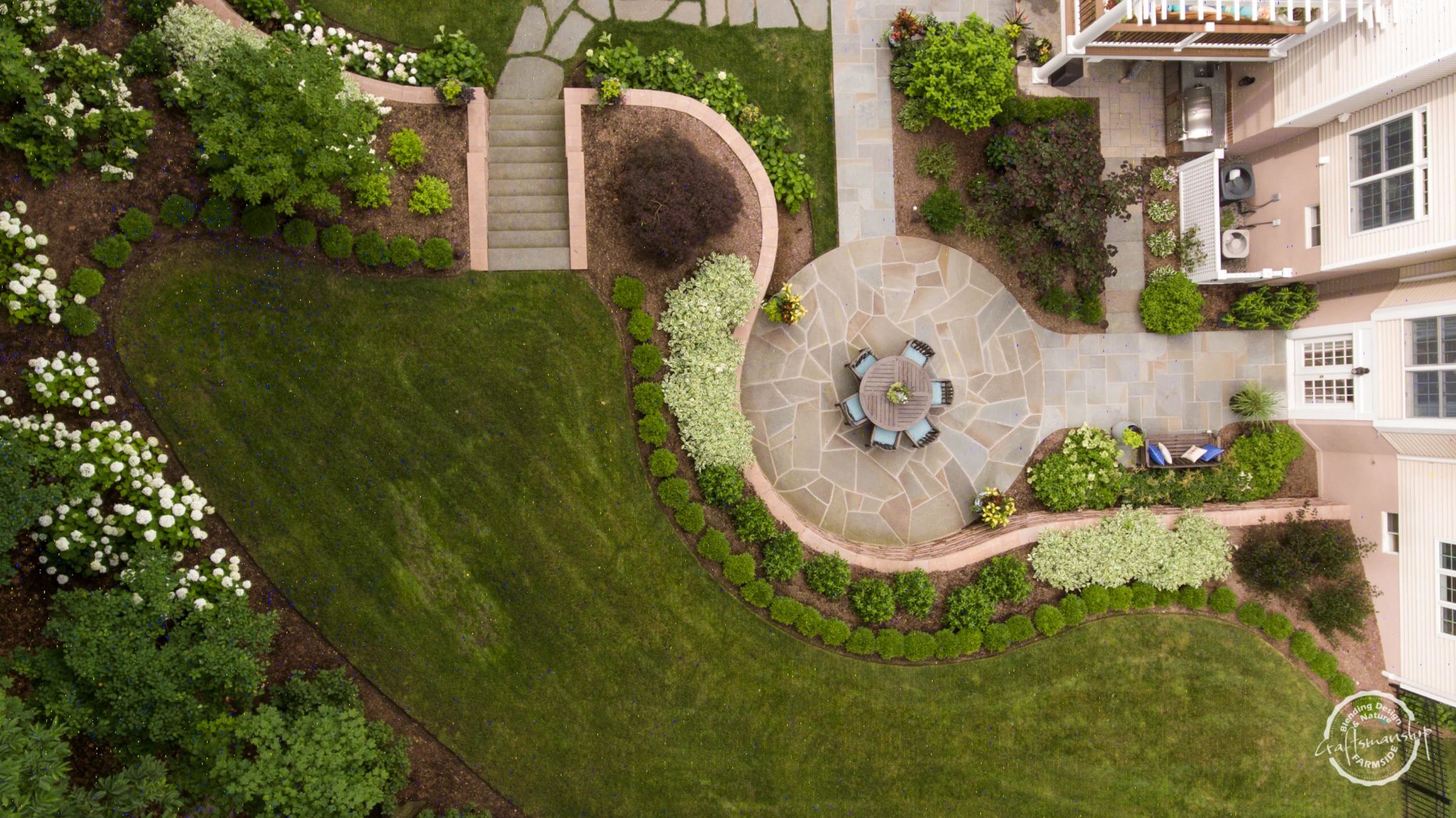Our ground cover series continues with plant options for shady/damp sites!
Ajuga (Ajuga Reptans)– Also called Bugleweed, this evergreen perennial is a fast-growing ground cover that reaches a height of 6”- 8”with beautiful, blue, violet or white flowers that bloom from mid-to-late spring. It maintains its leaf color almost year-round, making it an attractive addition to any landscape. Ajuga is a great choice for large shady areas where it’s hard to grow grass. It’s hardy enough to even grow under black walnut trees, notorious for the chemical compound they emit into the soil that prevents most plants from growing beneath them.
There’s a fine line between “fast-growing” and “invasive,” so determining where this ground cover should be planted is important. It spreads via underground runners called stolons, forming clumps that surround the parent plant. The dense mat Ajuga forms makes it an excellent choice for sloped areas or around trees and shrubs as it chokes out weeds. Due to its growth habits, it’s advisable to keep it away from lawn areas, where it can easily spread into the turf.
Pruning the stems twice a year can help manage the plant’s growth and trimming the flower spikes in late summer after the flowers turn brown will keep the plant looking its best.
While Ajuga is most commonly known for its blue-violet blooms with shiny, dark green leaves, there are a number of cultivars that have different colored and even patterned foliage. Here are some varieties to consider:
Burgundy Glow – Has blue flowers with tricolored foliage in shades of pink, cream and white that grows to a height of 6-10 inches.
Blueberry Muffin – Is a particularly vigorous and fast-spreading cultivar with blueberry-colored flowers and thick, hardy leaves that hold up well even in harsh weather.
Black Scallop – Blue flowers play against scalloped, purple-black leaves for landscape drama.
Purple Brocade – Less aggressive in growth than most Ajugas, Purple Brocade has blue-violet flowers with deep green leaves with purple markings.
Toffee Chip – New leaves start off a light brown that turn a gray-green with creamy gold margins.
Catlin’s Giant – Deep blue flowers rise above stunning bronze-blue foliage.
Chocolate Chip– A dwarf variety of Ajuga, it has chocolate-burgundy leaves and blue-violet flowers.
Heucharella, (x Heucherella tiarelloides) – A cross between two closely related plants, also known as Coral Bells and Tiarellia Cordifolia, also known as Foamflower. The “x” in the name indicates that the plant is a hybrid of two separate plants.
Heucherella is a great border or groundcover plant, with the lovely heart-shaped foliage of the Heuchera plant, only with smaller leaves, and the airy blooms reminiscent of the Foamflower, in soft tones of cream, pink and white. Heucherella is available in a variety of colors and shapes, and tends to be more tolerant of heat and humidity, as well as more resistant to diseases such as rust, than the standard Heuchera plant. Some varieties of Heucheralla we love include:
Sweet Tea – A large Heucherella that can reach a height of almost 2’ tall and over 2’ wide. Gorgeous tones of orange and red lighten and darken throughout the growing season for a beautiful display.
Catching Fire – This versatile cultivar can handle both full shade and full sun, but best retains its color in at least partial shade. The leaves are bright chartreuse with brilliant, fire-shaped red veining. The creamy white blooms that appear in May attract bees and make a lovely cut flower for arrangements.
Golden Zebra – Stunning red leaves thickly outlined in brilliant golden yellow, with soft white flowers that bloom in June-July.
Eye Spy – Similar to Catching Fire, this cultivar also has bright chartreuse leaves with dramatic red veining, but these leaves more closely resemble those of a Tiarella thanks to their more angular shape. Bright pink flowers appear in May, intensifying the look of the leaves’ red veining.
Solar Eclipse – The plant’s rounded leaves are a beautiful, dark, rich mahogany shade, outlined in vivid lime green, with a cloud-white blooms that appear in May.
Primula (Primula Vulgaris) – Also known as the common primrose, is a perennial that can be an evergreen under certain conditions. It reaches a height of 4”-12,” flowering in early spring (February-April). The delicately scented flowers are usually yellow, but white and pink can also be found in nature, where Primula can cover the forest floor, along streams, in orchards and under shrubs.
Primula Belarina is a series of long-lasting, fragrant, double-blossomed Primula. Ruffled clusters of blooms top crinkly foliage for a perfect, English cottage garden look. The series comes in a gorgeous range of colors:
Pink Ice – Opens in a pale blush white, deepening to a true pink at maturity.
Lively Lilac – White flowers, with bright lilac ruffled edges give the appearance of a tie-dyed look to these blossoms.
Cream – A butter-yellow center is showcased against creamy white petals.
Valentine – Ruffles of vibrant red petals create a carnation-like effect, offering a striking jolt of color to the landscape.
Amethyst Ice – Violet-blue blooms outlined in frosty white.
Main Image Photo Credit: Monrovia – Blueberry Muffin Ajuga

